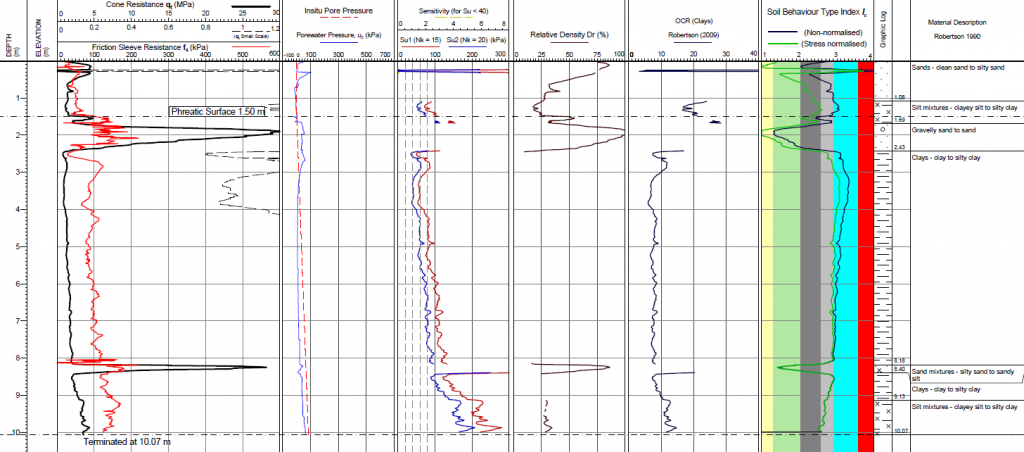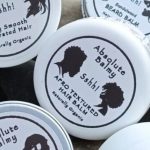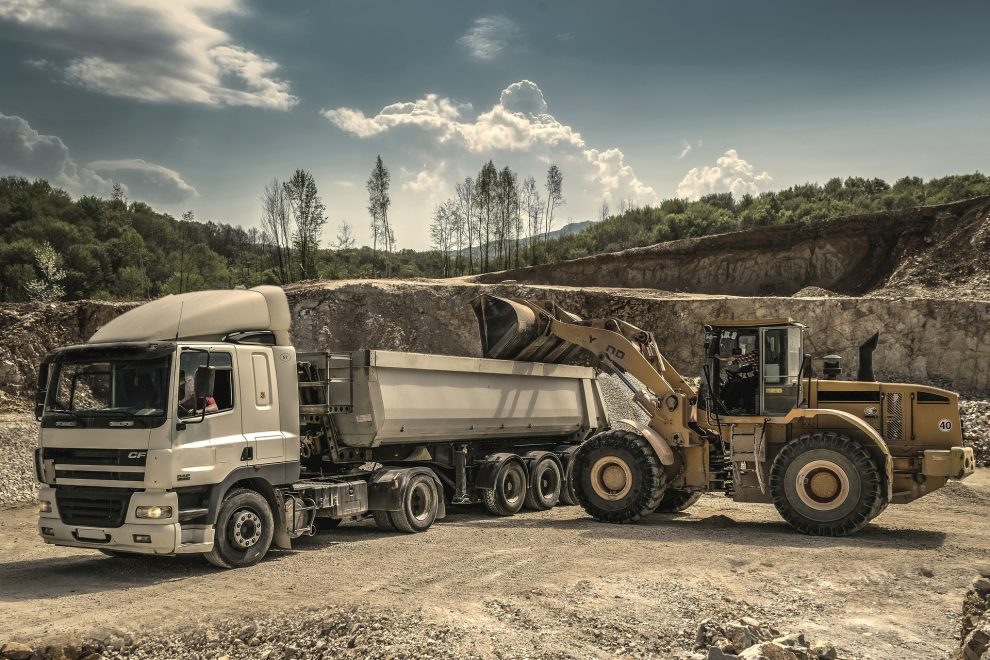For those unfamiliar with the term, CBR is a test for soil conditions. It measures how well the soil can support weight by comparing the amount of pressure it takes to push a steel ball-bearing one inch into moist clay or sand to that needed to push it one inch into dry clay or sand. The higher the California Bearing Ratio (CBR) number, the better able the material will be able to support weight and retain water.
The Meaning Of CBR Rating
A high CBR rating is often seen as an indication of good agricultural potential. For example, in some areas where there are very low levels of organic matter in the soil due to heavy grazing, such as on rangelands, flooding may result in poor livestock production because plants cannot anchor themselves sufficiently well when grown in these soils. The result is that the plants are washed away, depriving the soil of organic matter and nutrients. This process can lead to reduced agricultural production over time.
For the same reason, it is important to know whether the soil will retain water adequately when fields are irrigated. This information can help avoid over-watering and salting of the soil in areas with high salt levels in the groundwater (such as in some parts of Australia) or can improve crop yields when soils lose too much moisture after rainfall (particularly in arid regions) because of their sandy nature.
To determine the CBR, soil samples are taken to a laboratory and shaken inside a device that applies increasing pressure (kiloPascals or kPa). At each stage, the thickness of the bearing pressed into the soil sample is measured using specialised equipment. These results are then fed into an equation that calculates the CBR.
The test

The CBR test is usually carried out by a laboratory technician. A sample of soil is taken and mixed with water to form a slurry. This is then placed in a metal cylinder and the steel ball bearing is added. The cylinder is then capped and the pressure applied until the ball bearing has penetrated one inch. The amount of pressure needed to push the ball bearing in is recorded and this gives the CBR value for that soil sample. A CBR test is usually carried out on a 0-100 scale and the results (see below) can be used to gauge how well a soil will retain moisture.
CBR value scale:
- A CBR of 100 is the best, indicating that it takes normal pressure to push the ball bearing one inch into dry soil. An ideal range for pastures is between 70 and 150. After this range, the soil becomes too heavy and thick for pasture growth.
- Soils should have a minimum CBR of 30 for good agricultural production, although some soils are not suitable for agriculture below values of 20 or so.
- Soil with a CBR between 40 and 55is considered to be good for gardens and lawns.
- Soils with a CBR of 60-80 can support shallow-rooted shrubs and light grasses, such as bluegrass.
How To Improve Your CBR Rate
If you are interested in improving the CBR rating of soil, there are a few measures that can be taken. One is to add organic matter to the soil. This can be done by planting cover crops, such as legumes, which will fix nitrogen in the soil and add organic matter as they decay. It will help to increase the water-holding capacity of the soil.
Another is to improve drainage by installing drains, grading the land, or using raised beds. This can be done by adding organic matter to the soil, which will help to create more air spaces. It can also be done by grading the land so that it slopes away from buildings and other structures.
You can also choose plants that are suited to your soil type and irrigate wisely only watering plants when they need it: plants use less water than you think, so it is better to avoid watering when it is not necessary.
If you have a lawn or garden, you need to know its sand content as the sandier your soil is, the faster water will drain from the soil and run off your lawn. But this means that you should water often to keep it moist (watering once a week is fine for clay soils, but twice a week for sandier clay soils). Sandy soils also need fertilisers with more nutrients than clay soils – approximately two-thirds of the number of fertilisers that you would normally use for clayey soils.
The CBR (Coefficient of Bearing Ratio) Test is a laboratory procedure used to measure the ability of soil to retain water. The results of this test can be used to determine how well soil will retain moisture and identify areas that may need improvement for agriculture, gardens, or lawns. There are several ways to improve the CBR rating of your soil, such as adding organic matter, drainage improvements, or choosing plants suited to your soil type. Knowing your sand content is also important in order to irrigate wisely.








Add Comment